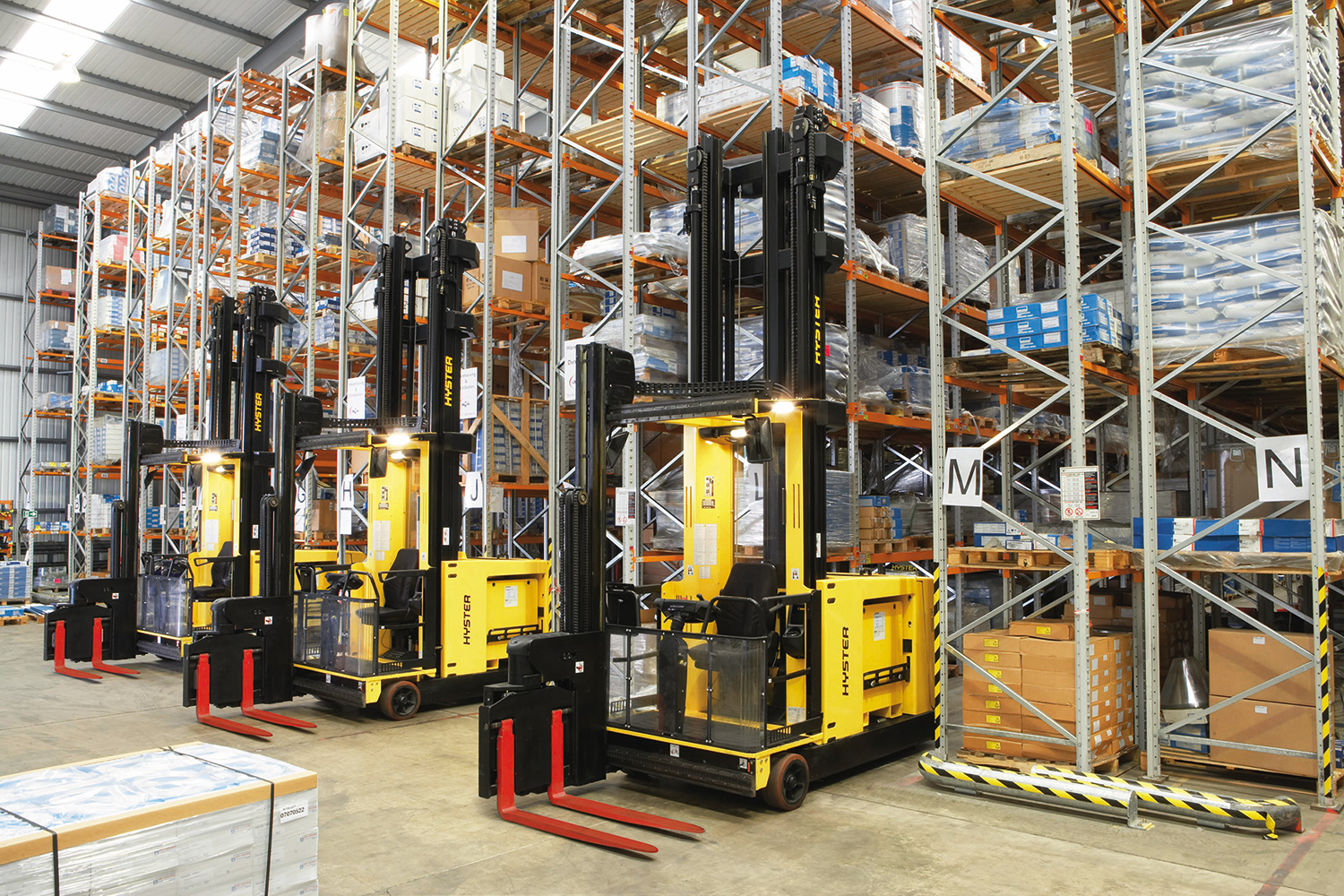Matthias Maedge, IRU’s General Delegate for Brussels, makes the case:
The significance of road transport cannot be overstated. In the EU, the road transport industry is responsible for around three quarters of inland freight, and by making sure goods are transported safely and efficiently it forms a backbone of the European economy. However, while commercial truck drivers undoubtedly carry out work that is vital to both our societies and economies, some of the conditions they face in their day-to-day lives on the road are contributing to a growing shortage of qualified drivers. This shortage is harming the industry both today and in its future outlook.
One particular area of concern lies in insufficient driver parking areas and rest stops across the continent. Currently, Europe has only 300,000 parking spaces available, despite total demand for overnight parking sitting at approximately 400,000 HGV spaces per night. This shortfall is so severe that IRU data shows that the majority of both drivers (83%) and transport operators (86%) say that the number of safe and secure truck parking areas (SSTPAs) in the EU is insufficient.
As a result, The European Transport Worker’s Federation (ETF) and IRU are calling for an additional 100,000 parking areas to be created across Europe. This is a crucial first step in providing decent and dignified working conditions for drivers. Unfortunately, the shortage of rest spaces is not the only problem. Those parking areas that do exist are in desperate need of an upgrade, with just a fraction of the spaces that are available guaranteeing basic services and security levels.
Many of the current facilities offer drivers a level of comfort for their rest periods that is simply unacceptable. In fact, IRU joined a European project on SSTPA that shows that there are just 50 parking areas in Europe that meet the SSTPA standards. In some countries and on certain transport corridors, drivers are not able to rely on the availability of certified secure parking.
This lack of secure parking spaces is one reason contributing to the fact that one out of every four drivers has been a victim of violence or an attack in Europe. Shockingly, 64% of the few female drivers operating in the industry have experienced unsafe situations at overnight parking areas.
It is therefore vital that as well as tackling the lack of driver rest spaces, the facilities at existing parking areas are also improved and certified. This is not just necessary on a safety and security level but also on an economic level, with poor working conditions a major contributing factor in turning away drivers from the profession.
The safety risks that come from the lack of SSTPAs detract many potential truck drivers from signing up, in particular the female and younger recruits so desperately needed to plug the gaps left by the burgeoning driver shortage.
IRU data shows that Europe currently has a driver shortage of around 21%, and the problem is only set to get worse. The average age of a truck driver in Europe today is 50. In Germany as an example, some 40% of the truck and 55% of bus driver workforce is expected to retire by 2027, creating a shortfall of around 185,000 drivers. Equally in the UK, the country’s exit from the European Union arrives just as its shortage of drivers is estimated to be growing at a staggering rate of 50 drivers per day.
A significant part of the challenge the industry faces is the lack of female drivers in the profession, who make up just 2% of Europe truck drivers. Research carried out by IRU earlier this year looking into the roots of the shortage found that 80% of female drivers believe difficult working conditions to be the top cause, demonstrating the sheer impact of the problem.
If not addressed, the driver shortage will have serious implications on the European economy. Business will soon be forced to pay higher rates and face longer waiting times for the movement of goods they rely on. If we are to tackle this situation, the issue of SSTPAs must be addressed. For this reason, IRU and ETF recently met with EU Commissioner Bulc to share their concerns about SSTPAs and the remedial action which must be taken.
IRU and ETF are calling on all EU Member States and European Institutions to make building and improving SSTPAs a policy and funding priority. This means adopting EU parking standards and delivering an ambitious European plan to roll out the core of an EU network of SSTPAs during the next legislature.
The European Commission has recently finalised a study on SSTPA and the IRU and ETF expect this to remain a priority for the new commission. For her part, Commissioner Bulc pledged to prioritise safe and secure parking as part of the Connecting Europe Facility (CEF), which acts as one of the key funding instruments for transport in Europe. So optimistically we will see greater investment over the next few years.
The driver shortage can only be addressed if stakeholders across the road transport sector in Europe work together to tackle problems at its source, like the lack of SSTPAs. Solving this security challenge is not only the right thing to do, but it’s also a critical step in preventing the potentially devastating impact of the driver shortage on businesses and the wider economy.
In February 2021, IRU will host Logistics and Innovation Forum in London. The event will welcome delegates from transport operators, service providers and national transport associations from across Europe to share knowledge, connect with each other and drive new solutions around one of the most important topics in road transport – safety. Participants will be able to capture the business potential offered by new technologies which could drive innovation in this area, as well as learn about the very latest in best practice.







